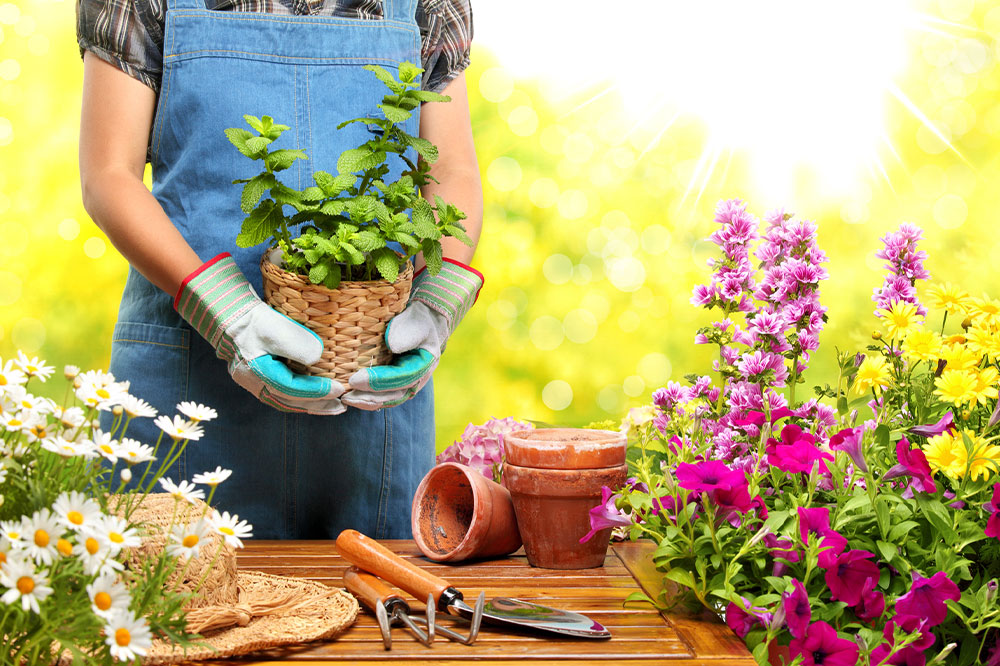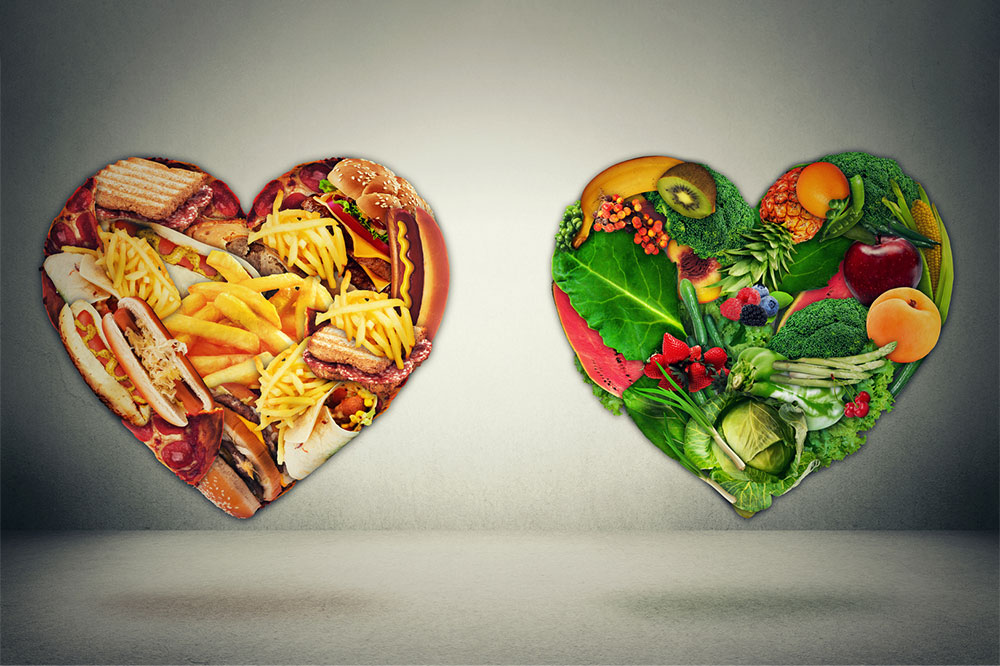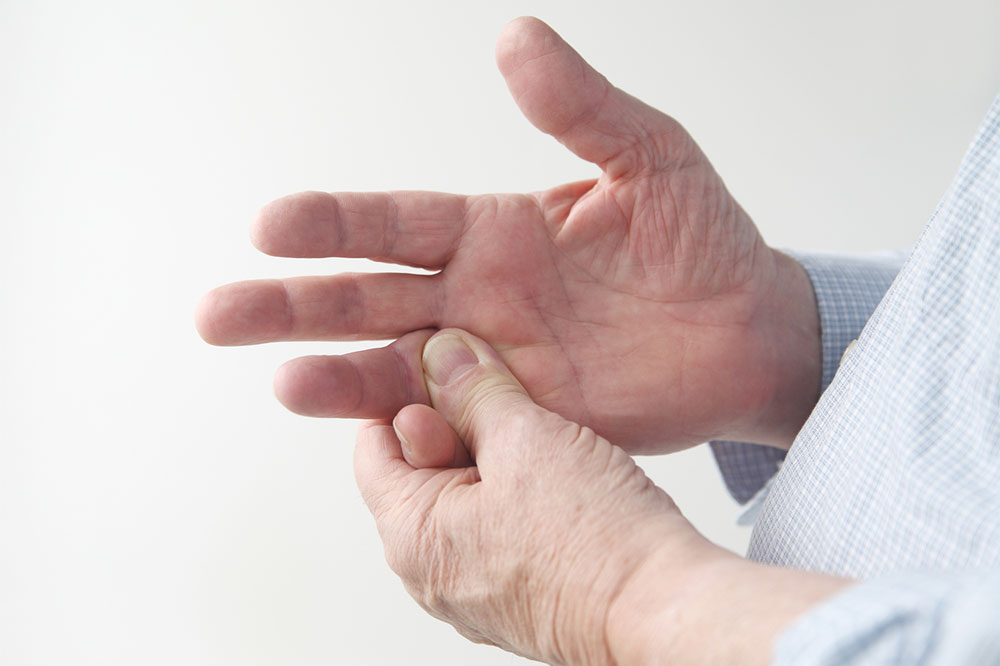6 gardening mistakes to steer clear of

Nothing compares to the excitement of growing your own food, especially if it’s the first time! The idea of sowing a tiny seed and watching it develop into something that may wind up on your kitchen table will make you smile. But gardening doesn’t always turn out as expected. Most amateurs make gardening mistakes that impact their produce. Here, we’ll explain some of these mistakes and how to correct them.
Too much exposure to light
Plants require sunlight to grow, but too much exposure is dangerous. The leaves of a plant can grow pale, turn brown, and eventually die when exposed to direct sunlight for too long. So, shield them from excessive sunshine, especially during the hot summer. Notice how the light conditions in your garden vary as the seasons change to avoid making this typical error.
Watering excessively or insufficiently
Consistent watering is necessary for successful harvests. Most crops thrive when they receive roughly an inch of precipitation every week. So, get a rain gauge to track the rainfall. If your garden has stagnant water puddles, the crops might suffer, and the leaves may turn yellow. To prevent that, add several inches of organic matter to your soil. Mulching will also help maintain a stable soil moisture level.
Planting a lot of different kinds
Despite the temptation, concentrate on cultivating select fruits, veggies, and flowers that will enhance your meal rather than anything else. When it comes to cultivating veggies, it’s natural to go overboard. But too many veggies need time and effort, which may lead you to do less weeding, watering, and other household duties.
Planting too close
Seeds are tiny, so it’s easy to place them too close to one another. But overcrowding causes nutrient deficits, poor air circulation, and competition for water and sunlight. A successful gardening tip is following the spacing instructions on seed packs or seedling tags.
Not adding fertilizers
Successful gardening depends heavily on the condition of the soil. You’re lucky if you have loamy garden soil—made up of a healthy mixture of clay, silt, sand, and organic matter. If not, you’ll need to understand how to enhance your soil. For instance, sand and organic matter must be added to clay-rich soil to reduce compression. To boost moisture and nutrient content in sandy soil, you’ll need to add compost or well-rotted manure.
Over-fertilization
Fertilizers are necessary to improve plant health, but crops can die from over-fertilization. Sunlight and the byproducts of soil bacteria provide food for many plants. If you use fertilizers excessively, the soil and the plants will get biologically out of balance and, unfortunately, die. Also, remember that certain fertilizers are made to release nutrients gradually, so there’s no need to keep reapplying them. Your plants may still be growing even though you cannot notice it. So use fertilizers according to the plant’s needs and avoid over-fertilization.
Steer clear of these blunders when gardening or cultivating any food. And don’t forget to use the right gardening tools and techniques to create a lush, abundant landscape for your space.







